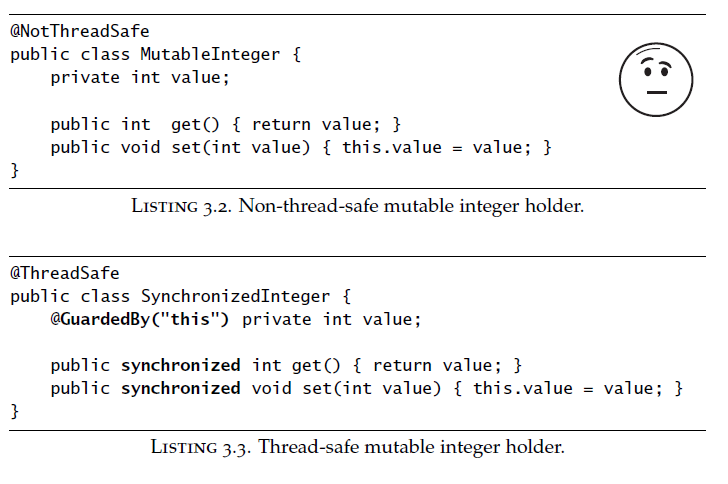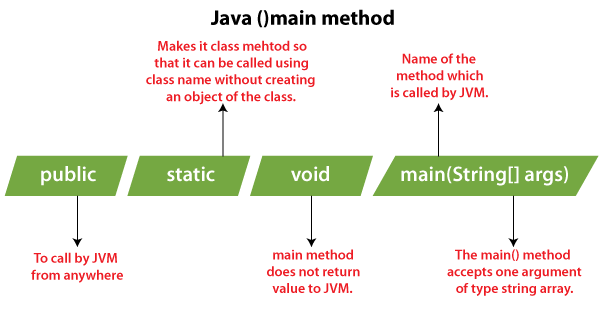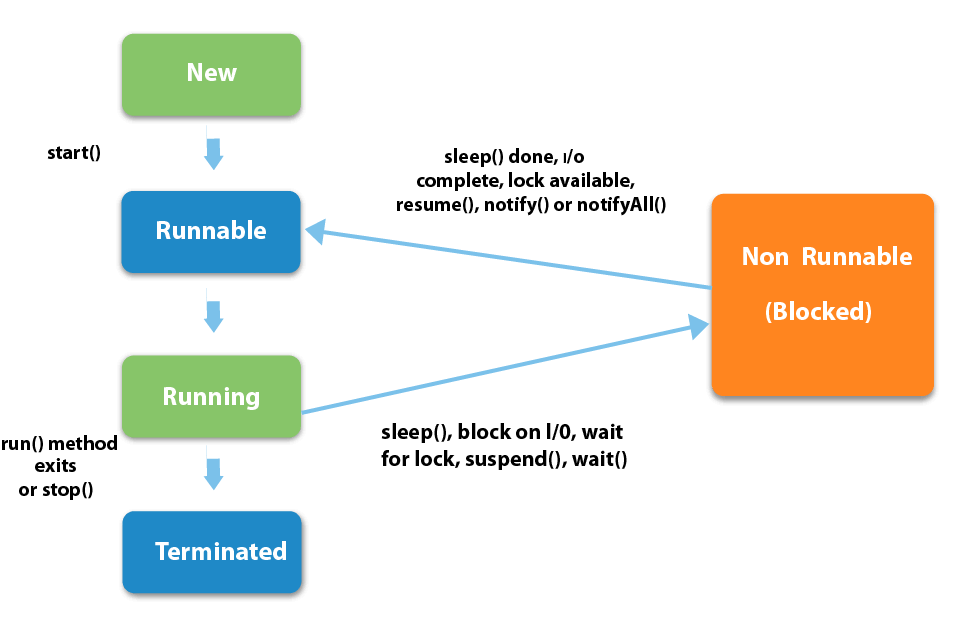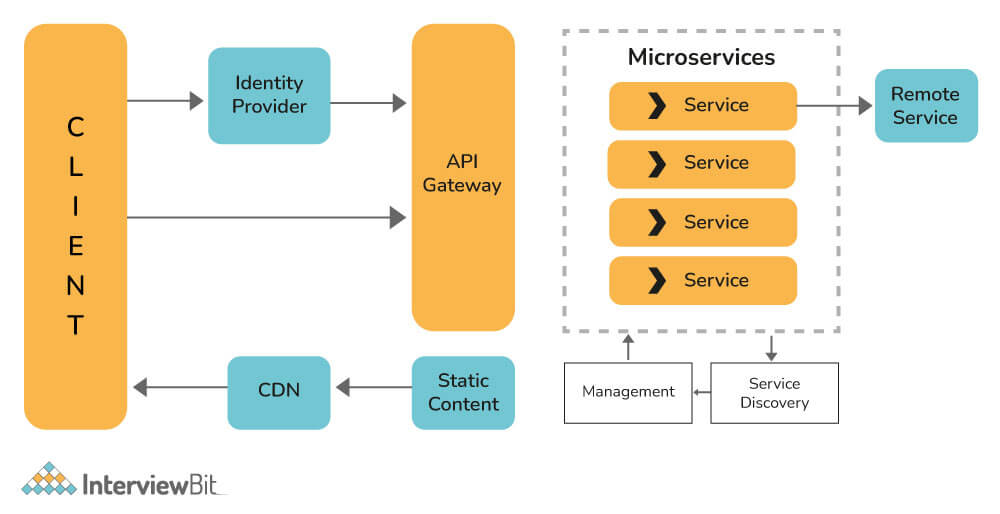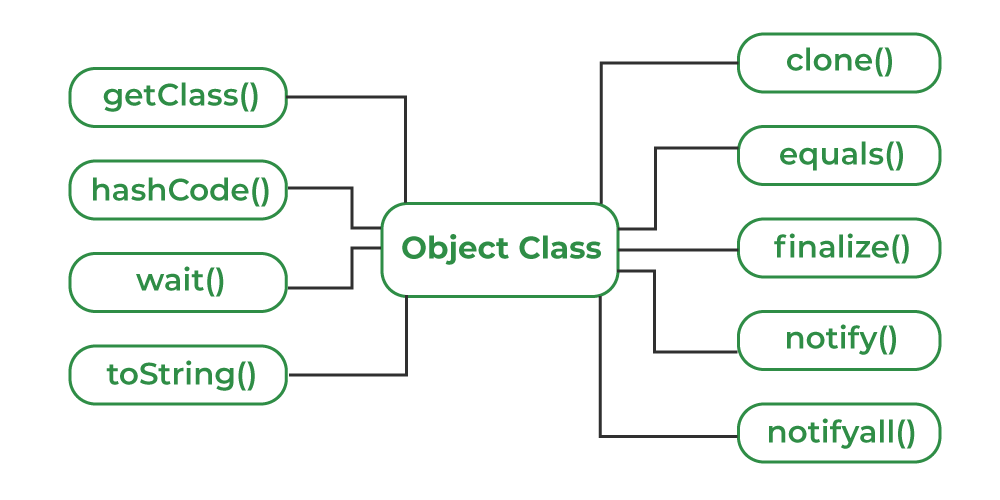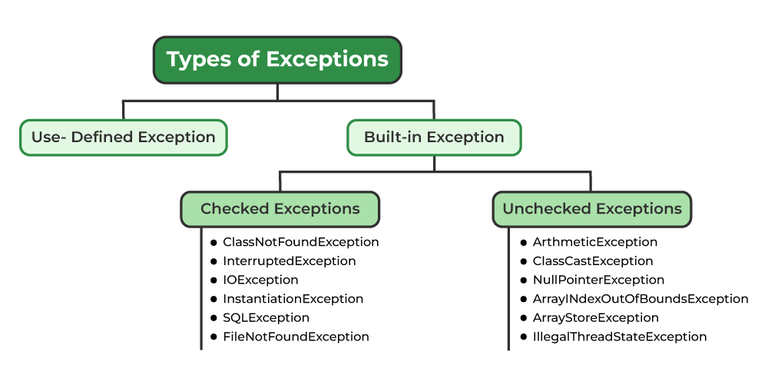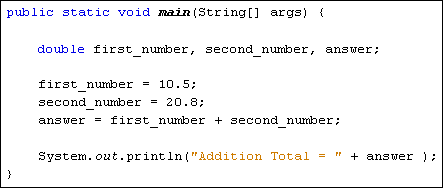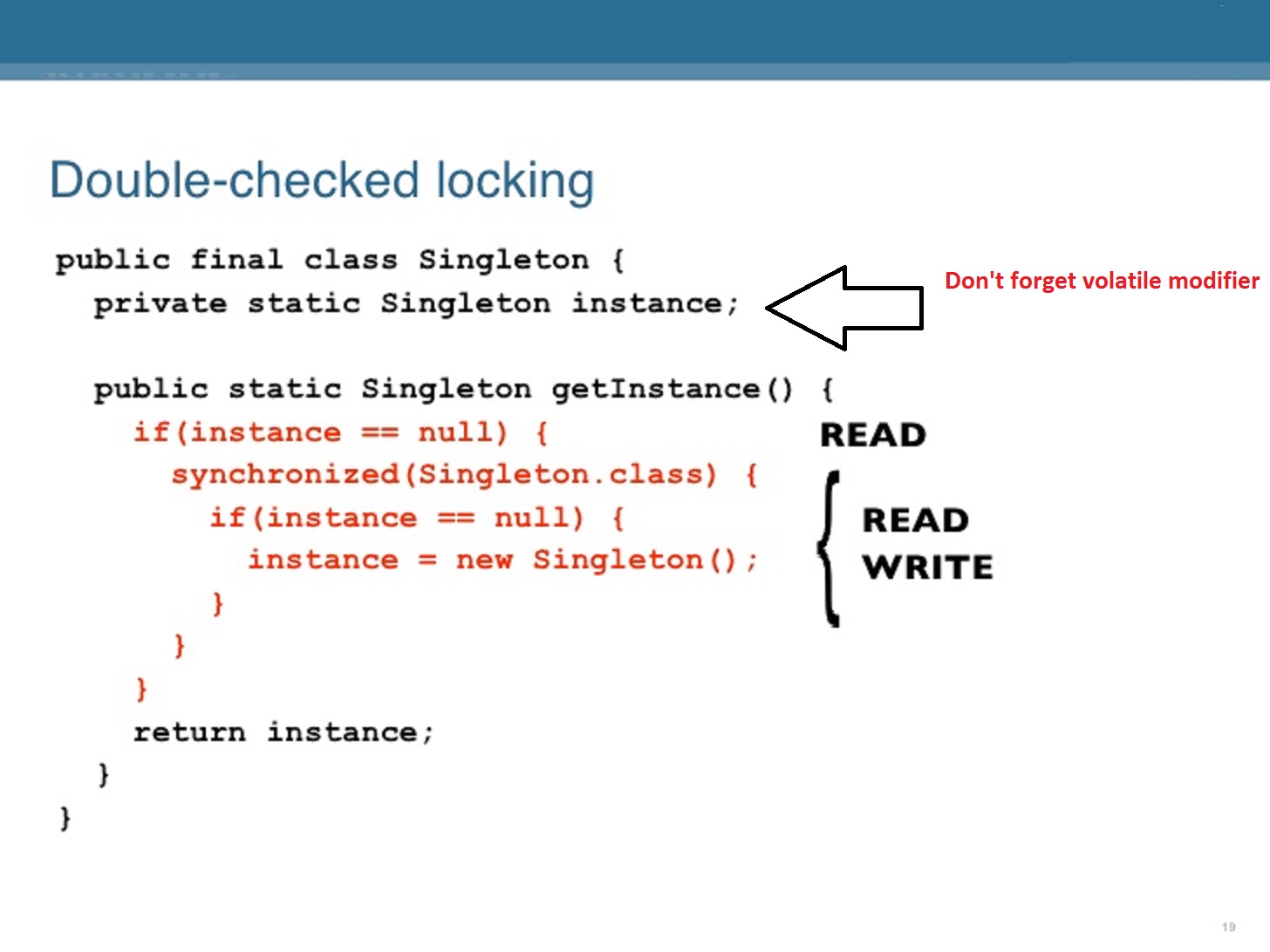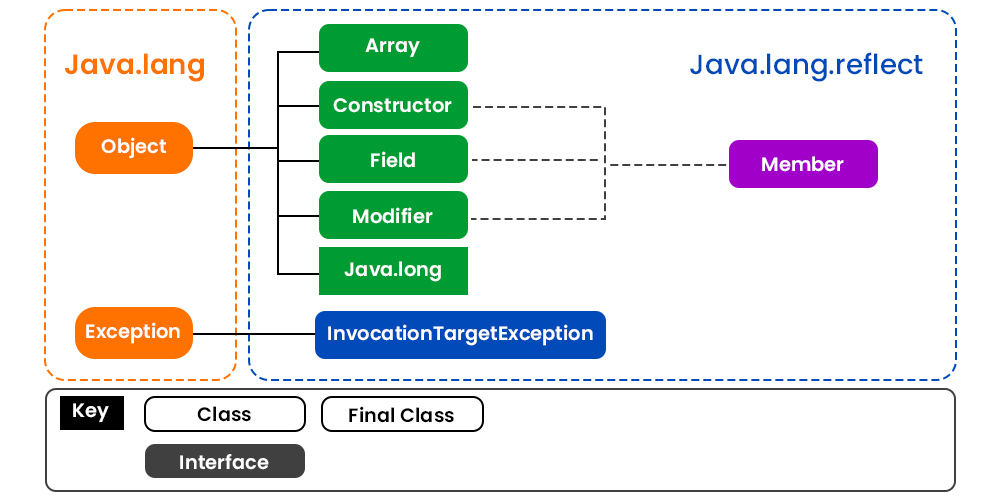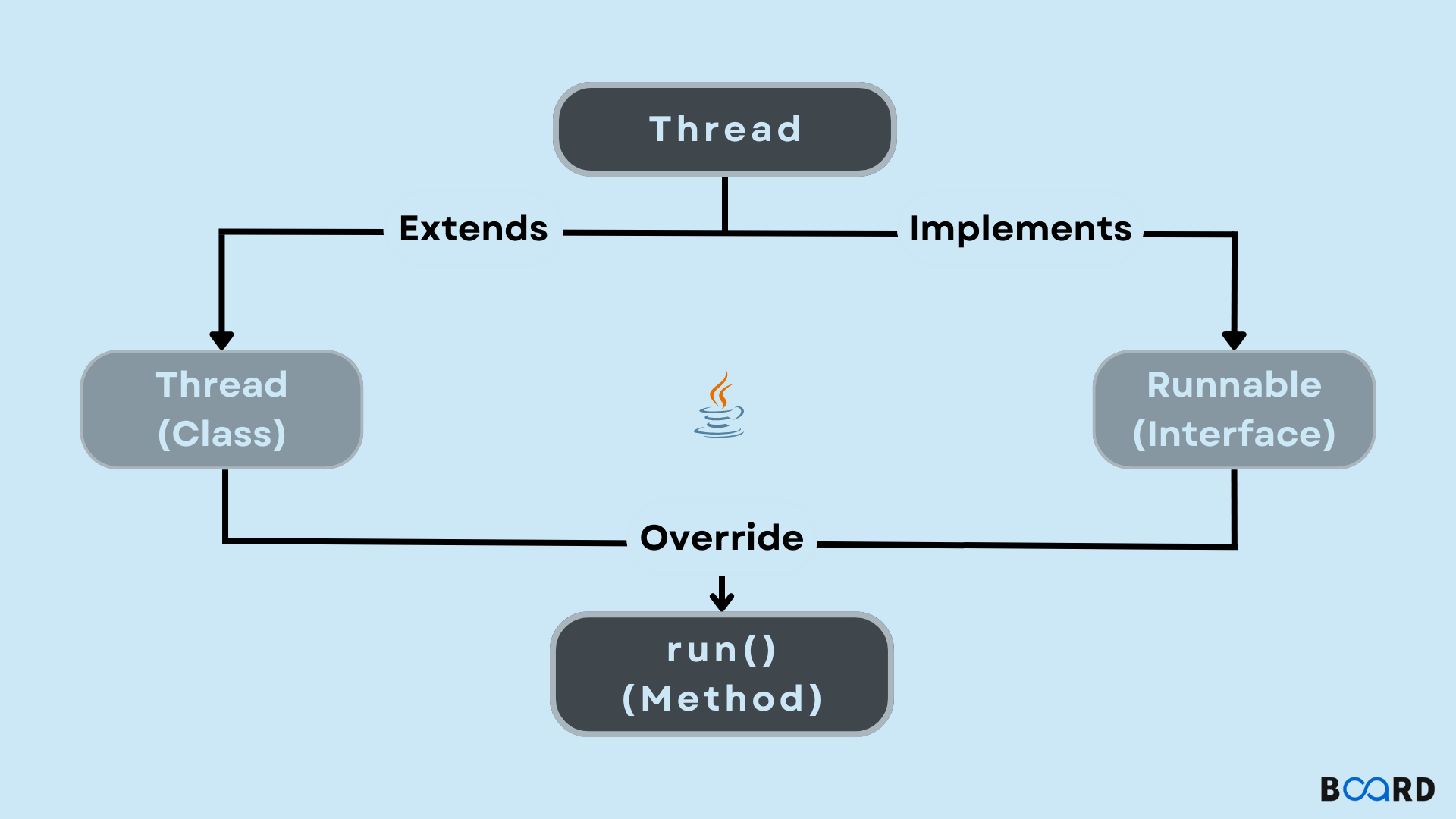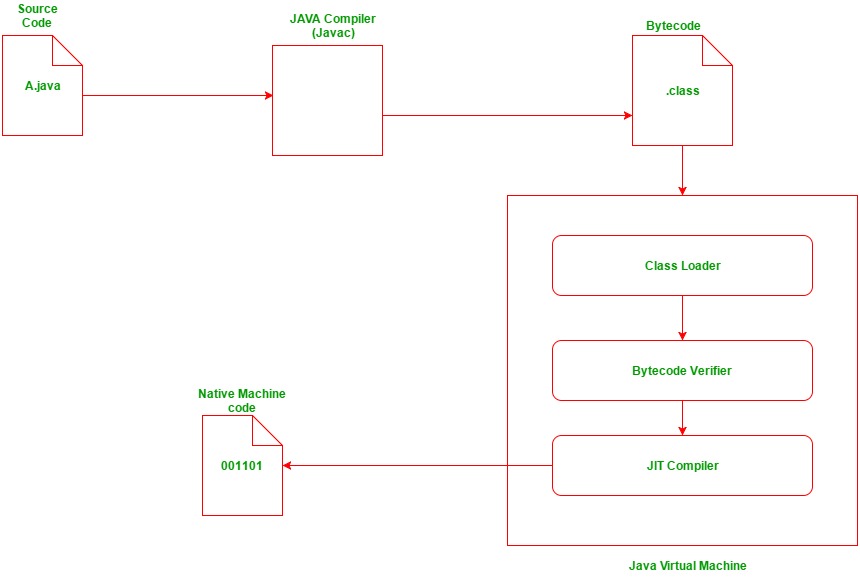Is Java synchronization thread-safe?
Is Java synchronization thread-safe?
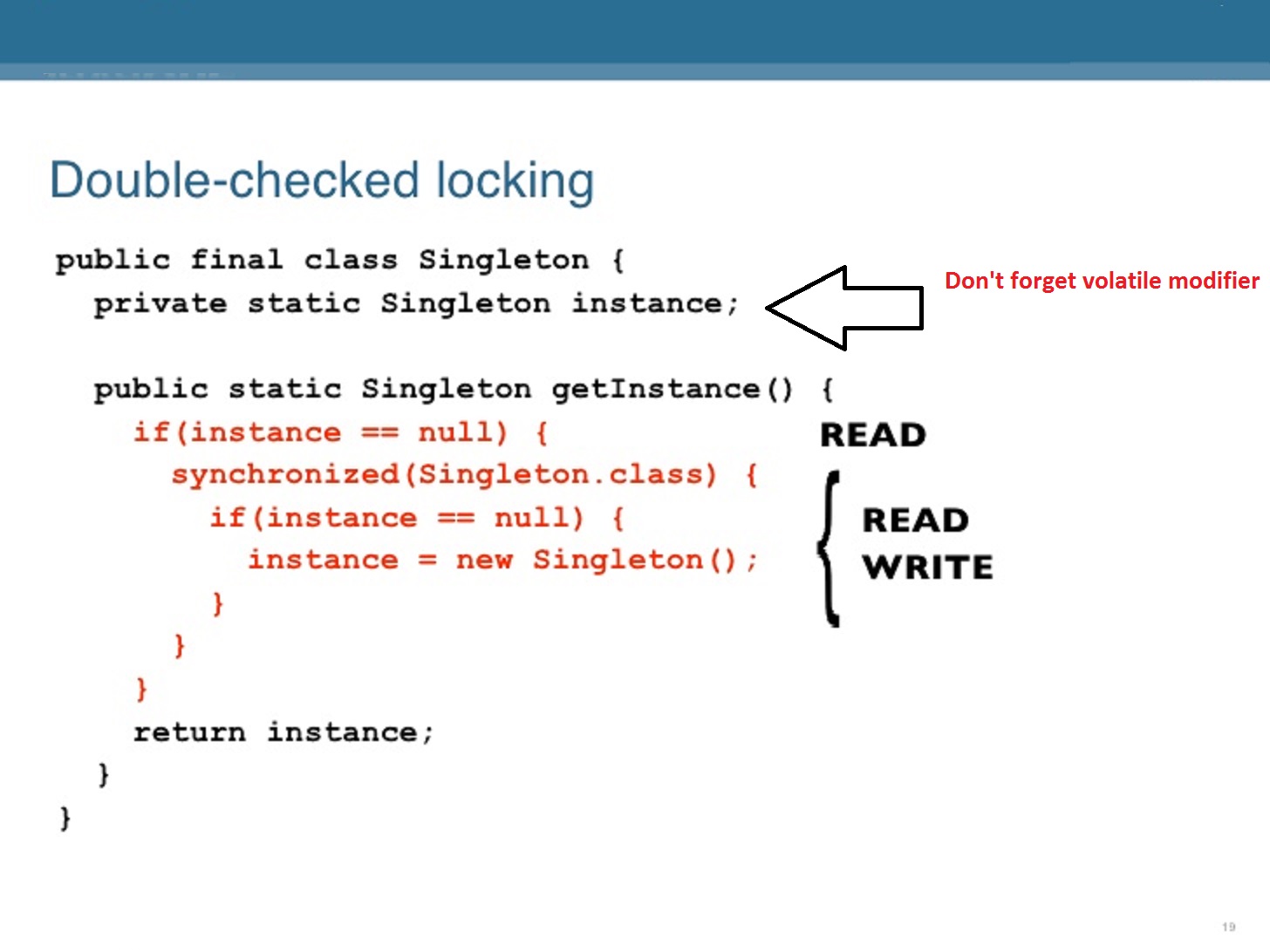
I'd be happy to explain.
Java synchronization is designed to ensure that multiple threads can safely access shared resources without corrupting the data or causing unexpected behavior. To achieve this, Java provides various synchronization mechanisms such as:
Synchronized methods: These are methods that are declared with thesynchronized keyword. Only one thread can execute a synchronized method at a time. If another thread tries to enter the same method while it's already being executed by another thread, it will block until the first thread finishes.
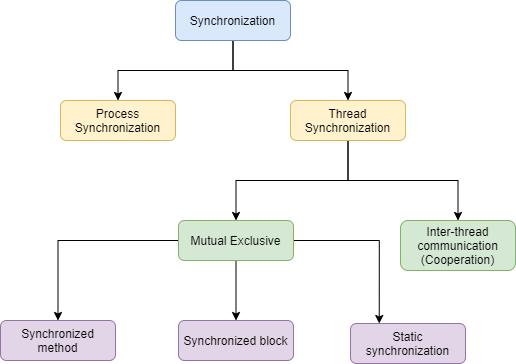
synchronized methods because you have more control over lock behavior.
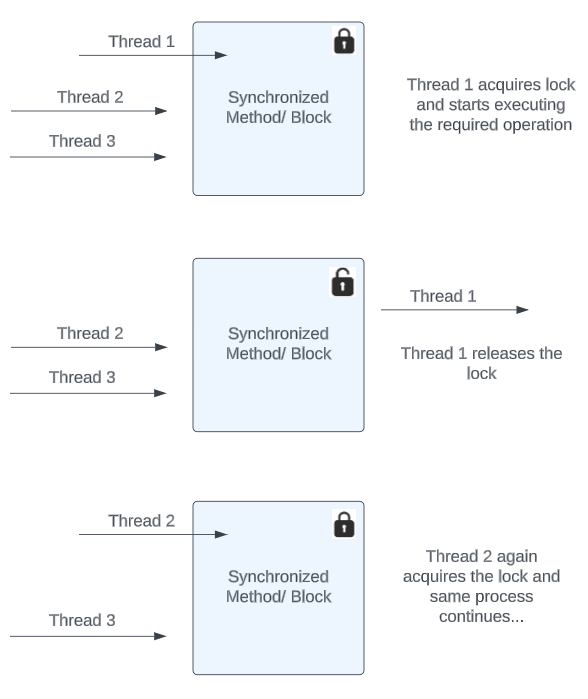
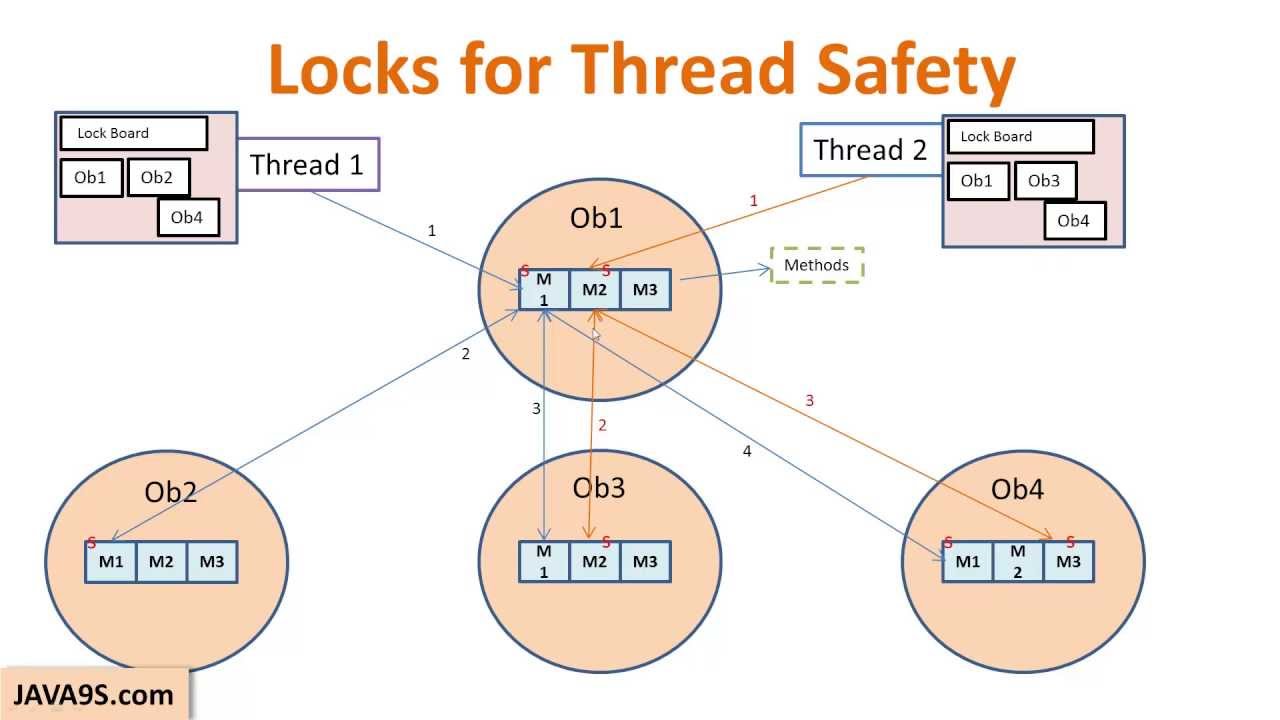
To illustrate how synchronization works in Java, let's consider an example:
Suppose we have a BankAccount class with a method to withdraw funds. Without synchronization, if multiple threads try to withdraw from the same account simultaneously, they might overwrite each other's changes or leave the balance in an inconsistent state.
public class BankAccount {
private int balance = 1000;
public void withdraw(int amount) {
if (balance >= amount) {
balance -= amount;
}
}
}
To make this method thread-safe, we can synchronize it using a synchronized keyword:
public class BankAccount {
private int balance = 1000;
public synchronized void withdraw(int amount) {
if (balance >= amount) {
balance -= amount;
}
}
}
Now, if multiple threads try to withdraw from the same account simultaneously, only one thread can execute the withdraw method at a time. The others will be blocked until the first thread finishes its transaction.
In summary, Java synchronization provides various mechanisms to ensure that shared resources are accessed safely by multiple threads. By using synchronized methods, lock objects, atomic variables, or volatile variables, you can write thread-safe code that prevents data corruption and unexpected behavior.
Java binary semaphore
Java Binary Semaphore!
What is a Semaphore?
In computer science, a semaphore is a variable or abstract data type that provides mutual exclusion (mutex) functionality for controlling access to shared resources. It's a way to coordinate the use of shared data among multiple threads in a program.
What is a Binary Semaphore?
A binary semaphore is a special kind of semaphore that has only two states: 0 (locked) and 1 (unlocked). This means there are only two possible values, which can be represented as booleans (true or false) or integers (0 and 1).
How does it work?
A binary semaphore works by allowing one thread to access the shared resource while other threads are blocked. Here's a step-by-step explanation:
Initial State: The semaphore starts in the locked state (0). Thread A requests access: Thread A wants to access the shared resource and sends a request to the semaphore. Semaphore becomes unlocked: If there is no thread currently accessing the resource, the semaphore becomes unlocked (1), allowing Thread A to gain access to the resource. Thread B requests access: Meanwhile, another thread (Thread B) also wants to access the shared resource and sends a request to the semaphore. Semaphore remains locked: Since Thread A is still accessing the resource, the semaphore stays in the locked state (0), blocking Thread B's request. Thread A finishes: When Thread A releases the resource, the semaphore becomes unlocked again (1). Thread B gains access: Now that the semaphore is unlocked, Thread B can gain access to the shared resource.Java Implementation
In Java, a binary semaphore can be implemented using an atomic integer (AtomicInteger) with a compareAndSet method. Here's a simple example:
import java.util.concurrent.atomic.AtomicInteger;
public class BinarySemaphore {
private AtomicInteger semaphore = new AtomicInteger(1);
public void acquire() throws InterruptedException {
while (semaphore.compareAndSet(0, 1)) {
// thread has acquired the lock
}
}
public void release() {
semaphore.set(0);
}
}
In this example, the acquire method attempts to set the semaphore to 1 (unlocked) while checking if it's already 1. If not, the thread waits until the semaphore is unlocked again.
Benefits
Binary semaphores provide a lightweight and efficient way to manage shared resources in multithreaded programs. They're particularly useful when you need to coordinate access to shared data without using heavyweight locks or synchronizers like ReentrantLock.
Conclusion
In this response, we've explored the concept of binary semaphores and their implementation in Java. Binary semaphores are a fundamental tool for managing shared resources in concurrent programming, providing a way to coordinate access while minimizing contention and improving overall system performance.
